Mildew is a type of fungus that produces a distinct, foul odor. The growth is often confused with mold which has a different texture and is usually darker. Mildew has been linked to health issues like respiratory problems, skin irritation, and chronic fatigue. Often, the terms mold and mildew are used interchangeably.
Mildew growth occurs in wet, moist environments — bathrooms, areas with water damage, etc. In addition to avoiding potential health concerns, eliminating mildew stops offending smells and prevents damage to surfaces around your home.
How To Prevent Mildew From Growing
There are several ways to prevent mold and mildew growth in your space.
Deal With Water Infiltration Right Away
If there is a leak or flooding present, don’t wait to address the issue. Water damage creates an ideal environment for mold and mildew growth. Phone your insurance provider. They can point you to professional water damage clean-up services capable of handling the issue.
Prevent Water Damage
Inspect your home’s plumbing fixtures periodically to check for leaks. Address roof damage promptly to avoid water infiltration. When there’s unusually wet weather (or weather that changes quickly from icy to wet), a leak can cause water damage and mildew.
Increase The Ventilation
If there’s a window in the mildew-prone space, open it once in a while. Let the air in to help reduce dampness in the area.
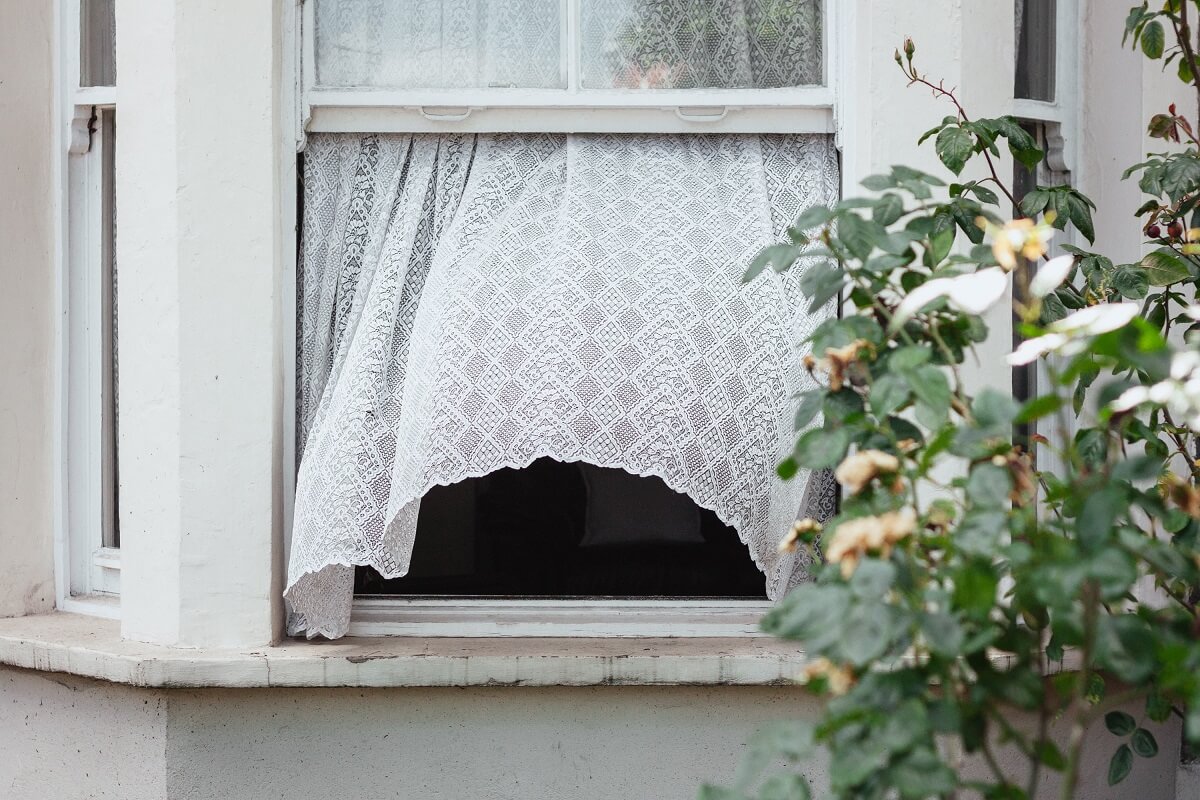
Any room that gets wet (so every bathroom) should have a fan to prevent moisture buildup and circulate the air.
Expose The Room To Sunlight
If possible, open the curtains and let in some sun. The light will dry surfaces faster and help prevent mildew growth.
Clean Your Space
Mildew feeds on organic matter, so cleaning your wall surfaces helps prevent the stuff from growing there. Don’t leave soiled clothing in a heap for more than a few days. The hamper is one of the most common mildew smell spots.
Keep Things Dry
Don’t leave your wet towels in a bunch, and don’t leave behind a soaked bath mat after your shower. Hang these items to facilitate drying. When doing the laundry (especially during winter) try to dry clothing as fast as possible. Buy bedroom and bath linens and towels made of breathable, quick-drying fabrics.
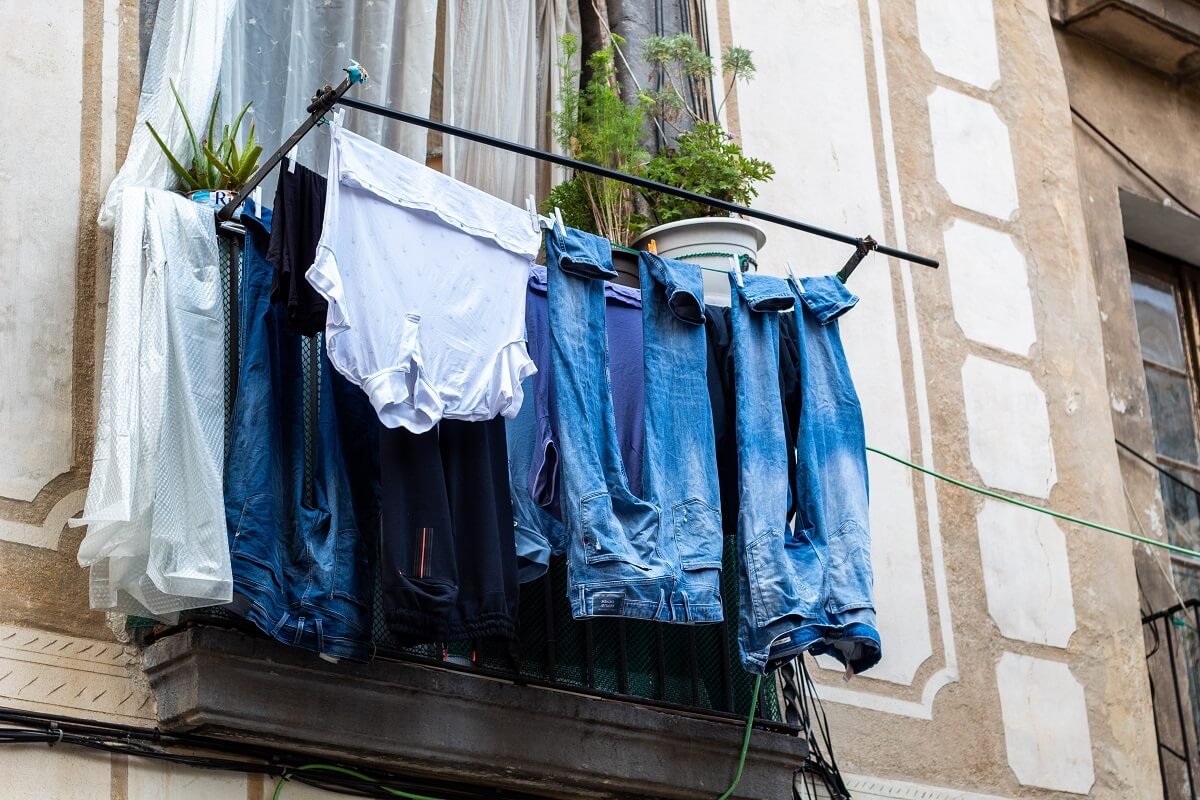
Poor quality towels, for instance, are magnets for moisture and often fail to dry adequately. If you notice your towels are damp when you next jump out of the shower, it may be worth replacing them with better quality versions.
Monitor Humidity Levels
If your thermostat doesn’t already perform this job, install a humidity sensor. Levels are often higher in some places than others, and it’s essential to address these imbalances. Install a dehumidifier in locations where the humidity is high.
Turn Up The Heat
Turning on the heating system can help lower humidity levels.
How To Get Rid Of Mildew
Mildew tends to be invisible, but the nasty smell is a sign it’s present. It’s important first to locate the source. You can try to clean the area and mask the smell, but doing so won’t prevent the mildew from returning. Try these strategies to rid your space of that offending odor.
Tidy Your Home
Mildew can grow anywhere it can feed on organic matter. Toss any clutter that could be holding onto spores.
Wash With Bleach
A mixture of bleach and water is a useful tool for banishing mildew odor. Toss the washcloth used to scrub mildewed surfaces, or wash it right after cleaning.
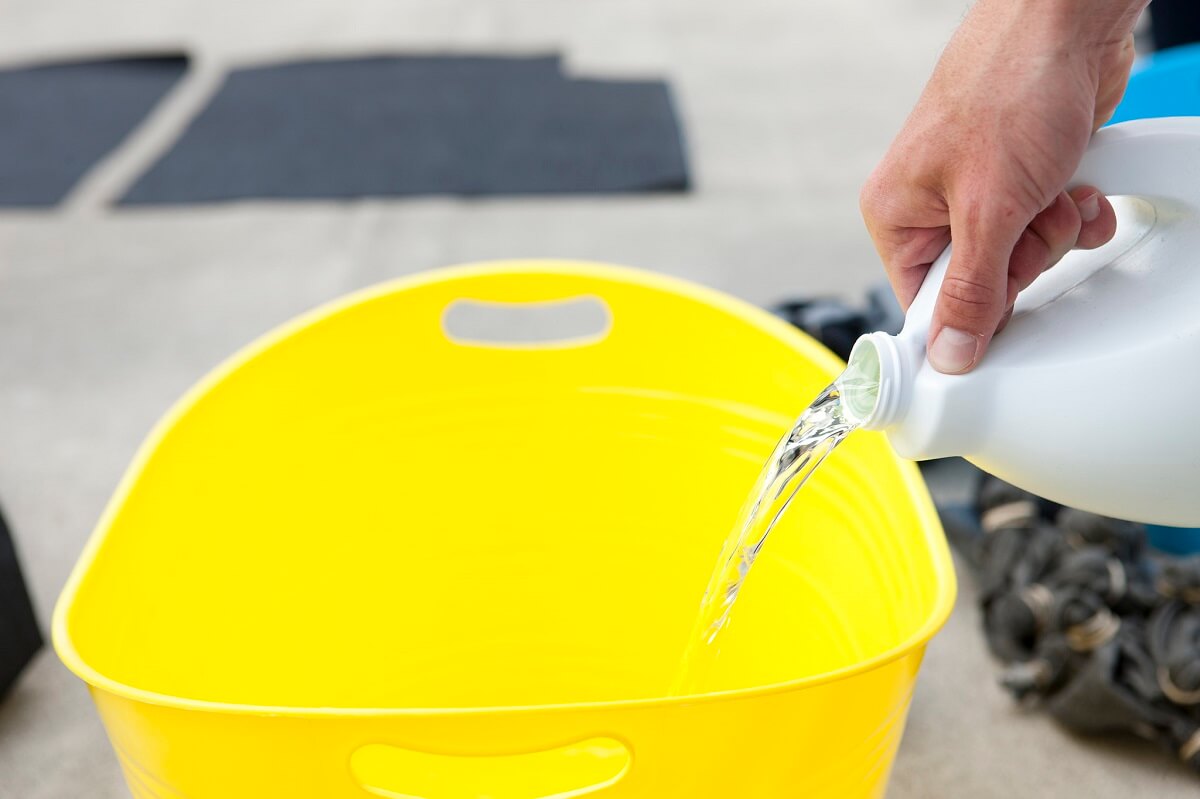
Clean curtains, fixtures, and everything in between to kill any trace of mildew. Wash everything from top to bottom since spores could be sitting on any surface. Don’t forget to turn on a fan in the room after washing.
Vacuum Hard Surfaces
If mildew is present on furniture or hardwood, vacuum the spores before wiping the areas clean. Once vacuumed, use warm water and dish detergent to clean affected spots. Don’t drench hardwood items in water, and dry them thoroughly after wiping. Empty the vacuum canister promptly to avoid spreading mildew to other areas.
Handle Mildewed Laundry
Having trouble with mildew growth on garments or towels? Try drying them in the sun to kill off spores. If there’s evident mildew growth on these items, vigorously brush them outside before washing.
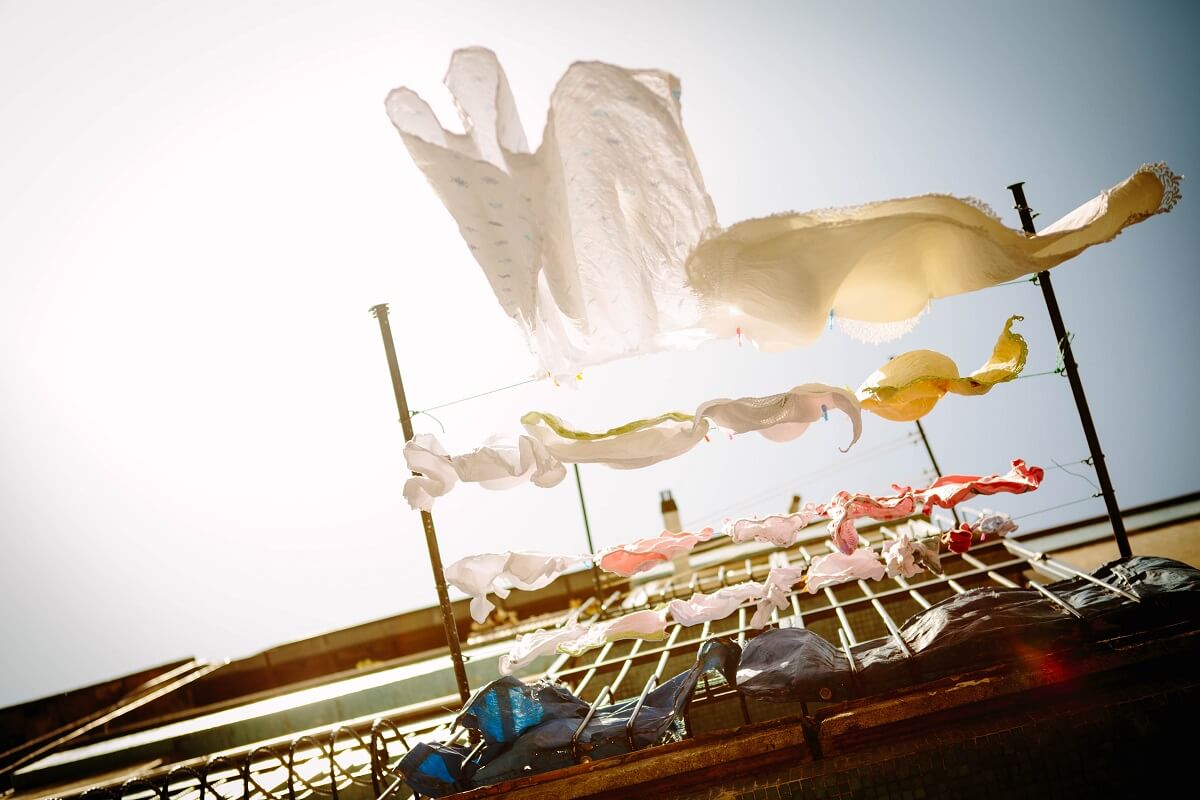
To really kill off the spores and get rid of that funky mildew smell, soak clothing or towels in bleach for at least 30 minutes, and then toss them in the washer.
Spritz Odor Eliminators
Odor eliminator sprays are helpful for immediately addressing mildew smells. Avoid products that mask odors and choose ones that actually remove nasty scents.
Related Post: 12 Natural Air Fresheners
Other deodorizers that remove smells (instead of just masking them) include zeolite and activated charcoal. Zeolite is a nontoxic mineral that keeps odors at bay for up to six months and is an excellent choice for tackling musty home smells. Activated charcoal is inexpensive and very effective for banishing offending odors.
Clean Your Washing Machine
Your washer needs a cleaning of its own from time to time. Use washing machine cleaner pods to thoroughly disinfect the interior of your appliance, and prevent mildew spores from taking up residence.
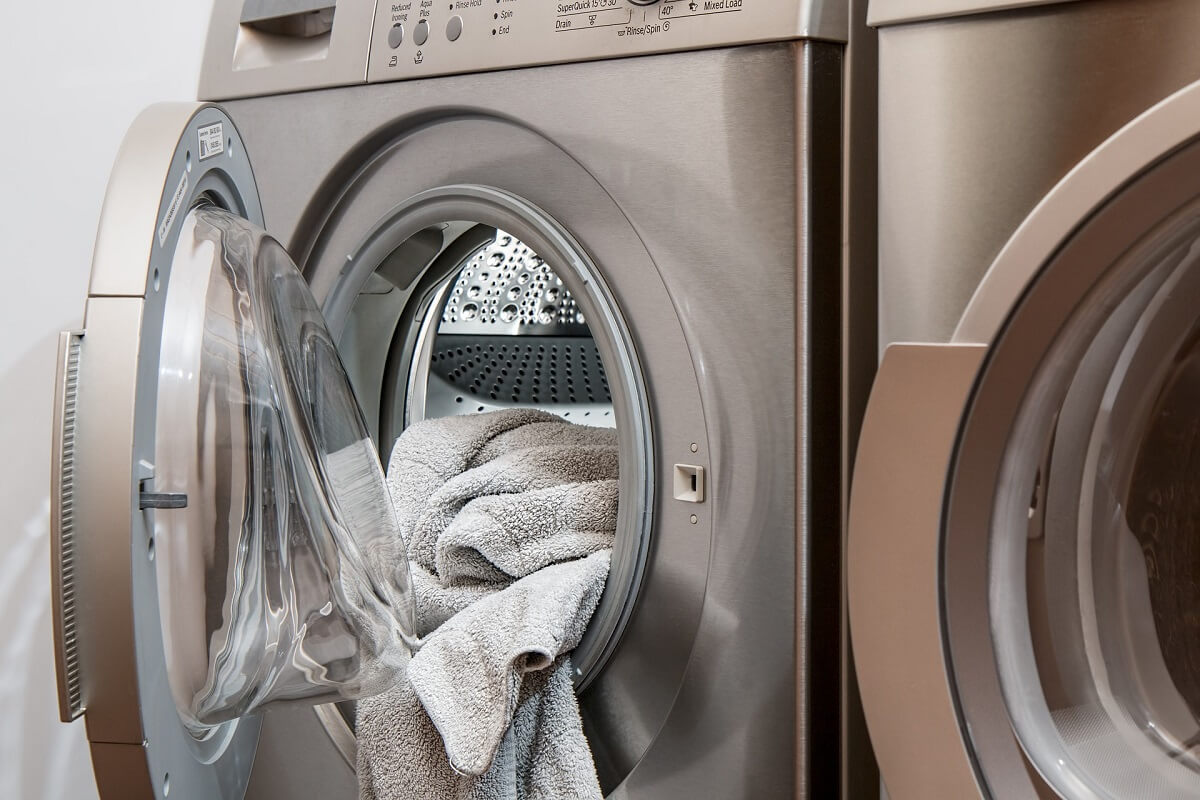
Another strategy is to add vinegar to a load of laundry to help deodorize mildew-smelling items.
Invest In An Ionizer
A dehumidifier with ionizing technology can reduce the presence of airborne mildew spores in your home and freshen the air.
Remodel
In cases of severe mildew infestation, it may be time to replace old, rotting cabinetry and fixtures — especially any that are made of wood.
Save Your Plants
Mildew can attack your houseplants and leave them vulnerable to pests and disease.
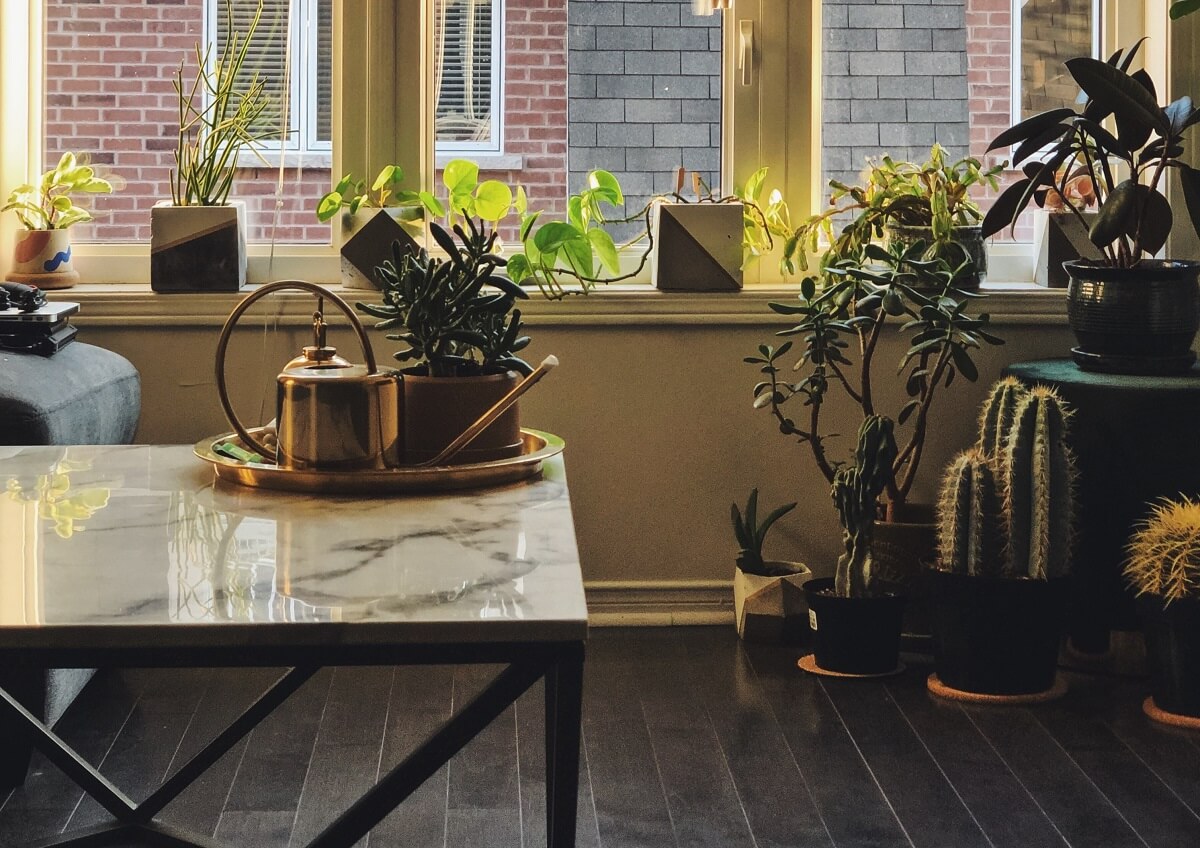
To remove mildew from leaves, spray them with a mixture of baking soda, dish soap, and warm water.
Grab A Paintbrush
A fresh coat of paint is a helpful solution for situations where a faint smell is still present after a thorough wash.
Call A Professional
If you’re struggling to find the source of the smell, or you’re having trouble eliminating mildew or mold from your home, call a professional to help with the problem. Don’t let the issue fester. Leaving mildew unaddressed can lead to illness.
How To Get Mildew Out Of Carpet
I have to hold back tears anytime my rugs get stained or dirty because carpeting is so challenging to clean.
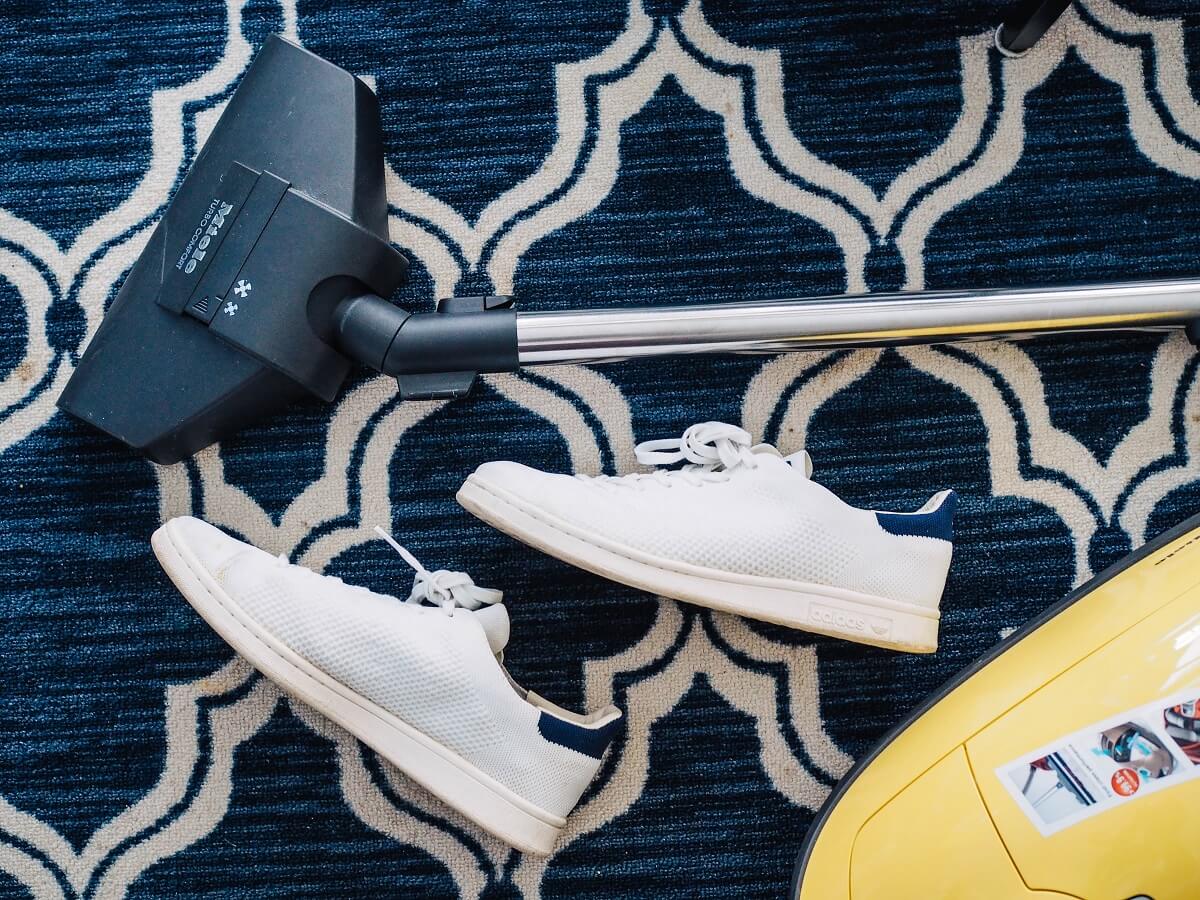
What should you do when mildew grows between carpet fibers and starts to stink up your living space?
Clean The Area ASAP
Don’t leave it for later. The longer you wait, the more likely the spores will contaminate the rest of your carpet or spread elsewhere.
Take Area Rugs Outdoors
Sweep or brush off the rug and vacuum the surface. Once clean, let the rug dry out in the sun.
Hints for cleaning mildew from rugs:
- Use warm water and dishwashing detergent to clean the affected area.
- Use hydrogen peroxide and water to remove mildew (5-parts water and 1-part peroxide).
- Add vinegar to your water and dish detergent mixture to amplifying the spore killing solution.
As a last resort or for tough-to-clean pile rugs, call a professional to help you.



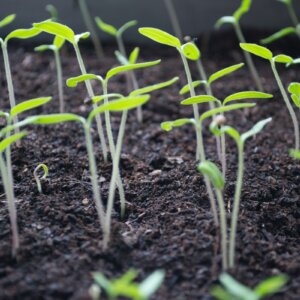


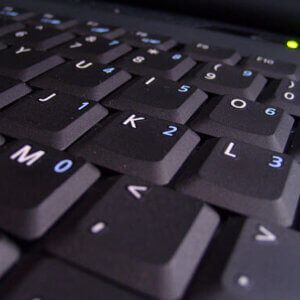
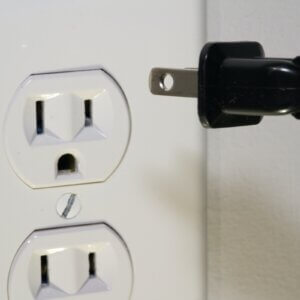





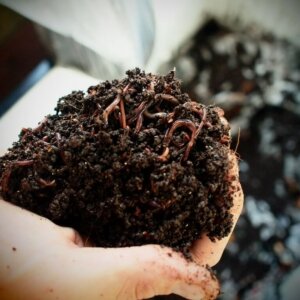



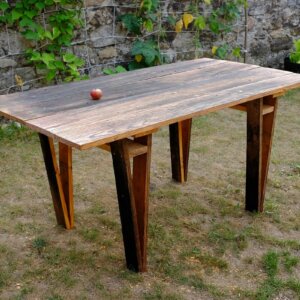
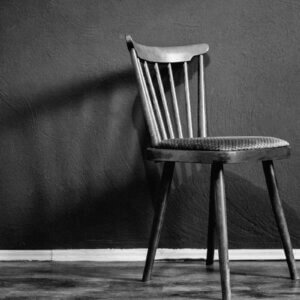




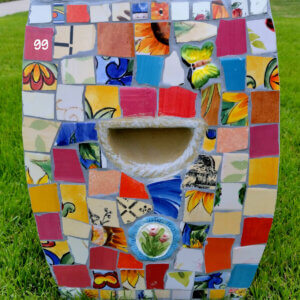
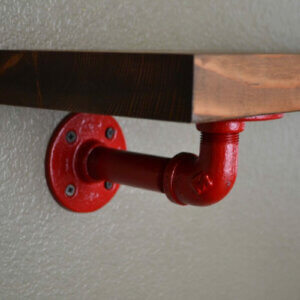
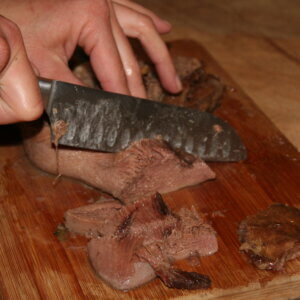

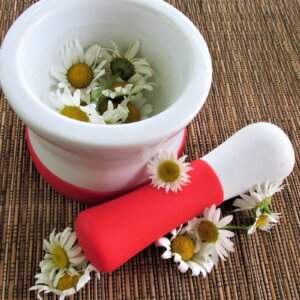


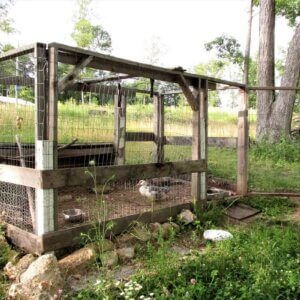


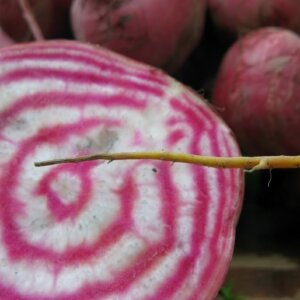

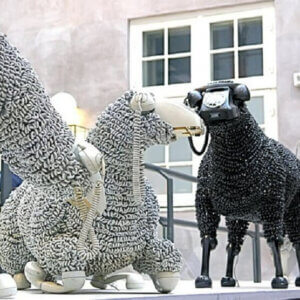



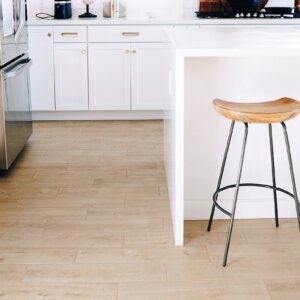
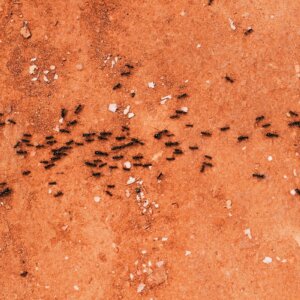
Leave a Reply